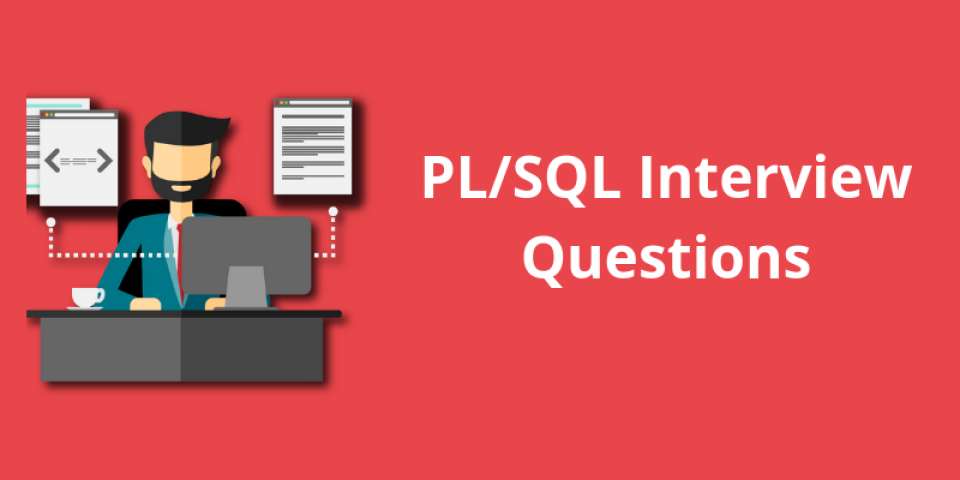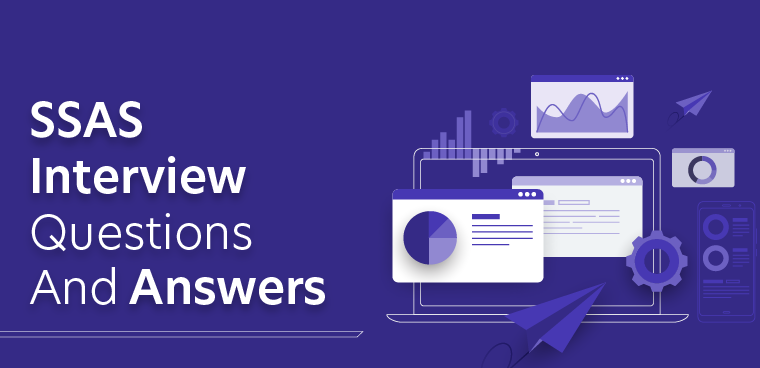Google BigQuery, a serverless, highly scalable, and cost-effective multi-cloud data warehouse, has become a cornerstone in the world of data analytics. As demand for BigQuery expertise continues to rise, preparing for interviews is crucial. In this blog post, we’ll explore the top 20 BigQuery interview questions and provide in-depth answers to help you confidently navigate your next BigQuery interview.
Table of Contents
ToggleWhat is Google BigQuery, and how does it differ from traditional databases?
Google BigQuery is a fully managed, serverless data warehouse designed for analyzing and querying massive datasets in real-time. Unlike traditional databases, it doesn’t require infrastructure management, as it automatically scales to handle large amounts of data.
Explain the architecture of Google BigQuery.
BigQuery comprises a storage layer and a compute layer. The storage layer utilizes Capacitor, Google’s proprietary storage format, while the compute layer leverages the Dremel technology for fast and efficient query processing.
What is the role of slots in BigQuery, and how are they allocated?
Slots represent computational resources in BigQuery. They are allocated based on a project’s concurrency and reservation settings. Concurrency determines how many queries can run simultaneously, while reservations ensure dedicated resources for specific workloads.
How does BigQuery handle data partitioning?
BigQuery supports partitioned tables, allowing you to divide large datasets into smaller, more manageable segments based on a specified column. This feature enhances query performance by restricting the amount of data that needs to be scanned.
https://informationarray.com/2023/12/05/navigating-data-engineering-interviews-top-20-questions-and-answers/
Explain the concept of clustering in BigQuery.
Clustering involves organizing data in a table based on the values in one or more columns. It improves query performance by reducing the amount of data scanned, as similar values are grouped together.
What is the significance of streaming inserts in BigQuery?
Streaming inserts enable real-time data updates in BigQuery. They are suitable for scenarios where data needs to be processed and analyzed as soon as it becomes available, providing near real-time insights.
How can you optimize a BigQuery query for better performance?
Query optimization in BigQuery involves using partitioned tables, clustering, and avoiding SELECT * to minimize data scanned. Additionally, using the EXACT_COUNT_DISTINCT function instead of COUNT(DISTINCT) can enhance performance.
Explain the difference between WHERE and HAVING clauses in BigQuery.
The WHERE clause filters rows before aggregation, while the HAVING clause filters rows after aggregation. HAVING is used in conjunction with GROUP BY for conditional filtering.
What are the limitations of BigQuery?
BigQuery has limitations on query execution time, maximum response size, and maximum table size. Understanding these limitations is crucial for efficient use of the platform.
How can you export data from BigQuery to Google Sheets?
Data can be exported to Google Sheets using the BigQuery web UI or the bq command-line tool. Alternatively, the Google Sheets API can be leveraged for programmatic export.
Explain the role of IAM (Identity and Access Management) in BigQuery.
IAM in BigQuery controls access to resources by defining roles and permissions. It ensures that users and applications have the necessary privileges to perform specific actions within BigQuery.
https://informationarray.com/2023/11/25/mastering-powerpoint-interviews-top-20-questions-and-answers/
What is the purpose of wildcard functions in BigQuery?
Wildcard functions, such as the _TABLE_SUFFIX and _TABLE_DATE_RANGE functions, allow you to query multiple tables with similar names simultaneously. This is particularly useful when dealing with partitioned tables.
How does BigQuery handle data encryption?
BigQuery encrypts data at rest and in transit. It also provides options for customer-managed encryption keys (CMEK) to enhance security and control over data access.
Explain the difference between a table and a view in BigQuery.
A table in BigQuery is a structured storage unit for data, while a view is a virtual table defined by a SQL query. Views don’t store data but provide a way to organize and simplify complex queries.
How can you troubleshoot and optimize a slow-performing query in BigQuery?
Analyzing the query execution plan, using the Query Validator tool, and reviewing query statistics are effective methods for troubleshooting and optimizing slow queries in BigQuery.
What are the advantages of using BigQuery over traditional on-premise data warehouses?
BigQuery offers serverless architecture, automatic scalability, and cost-effectiveness, eliminating the need for infrastructure management and providing real-time analytics capabilities.
Explain the concept of nested and repeated fields in BigQuery.
Nested and repeated fields allow you to structure data in a more flexible way. Nested fields contain sub-records, while repeated fields store arrays of values.
How can you import data into BigQuery from Google Cloud Storage?
Data can be imported into BigQuery from Google Cloud Storage using the bq command-line tool or the BigQuery web UI. This is useful for large datasets stored in Cloud Storage.
What is the purpose of the BigQuery Data Transfer Service?
The BigQuery Data Transfer Service automates the movement of data from various Google services, such as Google Ads and YouTube, into BigQuery, simplifying the process of data integration.
How does BigQuery handle data deduplication?
BigQuery uses the MERGE statement to perform data deduplication. By specifying conditions for matching and updating, you can merge data efficiently within the BigQuery environment.
External Links
- Official Google BigQuery Documentation:
- Google Cloud Certification – Professional Data Engineer:
Conclusion:
Preparation is key when stepping into a BigQuery interview. By mastering these top 20 questions and answers, you’ll not only showcase your expertise but also demonstrate a deep understanding of Google BigQuery’s capabilities. Whether you’re a seasoned data professional or a job seeker aiming to break into the field, these insights will undoubtedly bolster your confidence and set you on the path to success in your BigQuery interviews.










